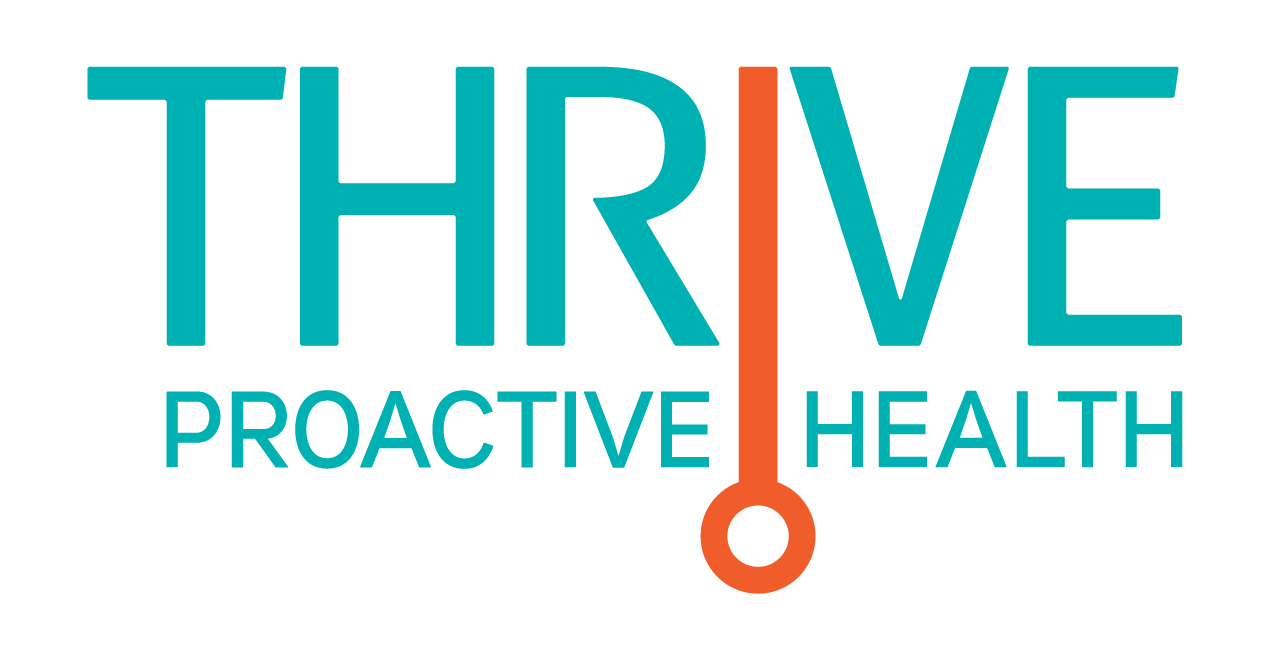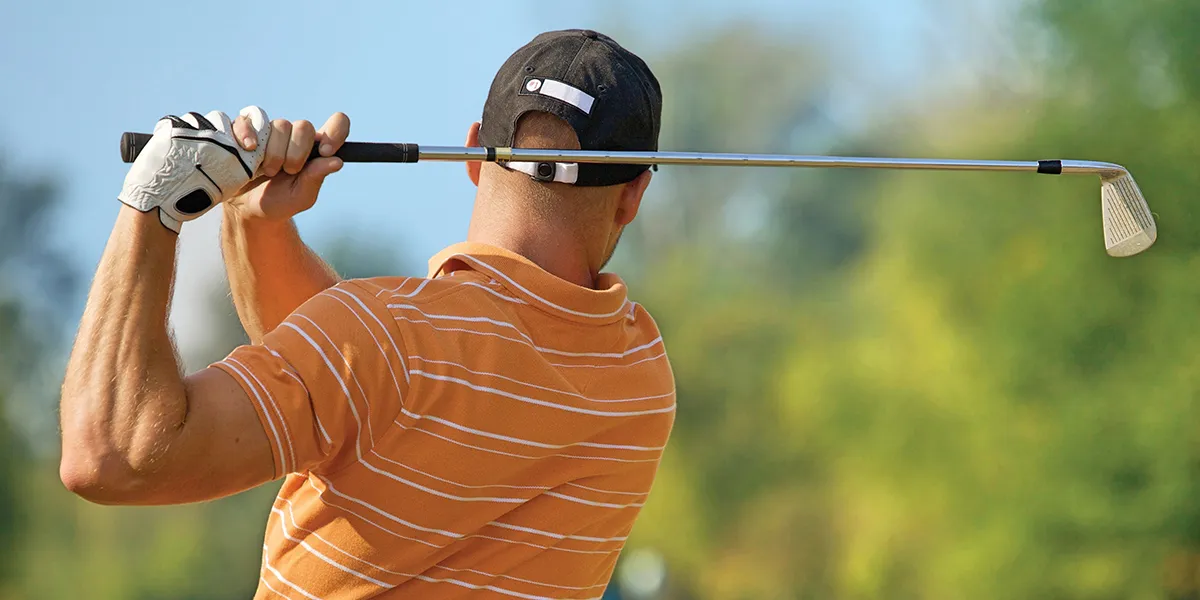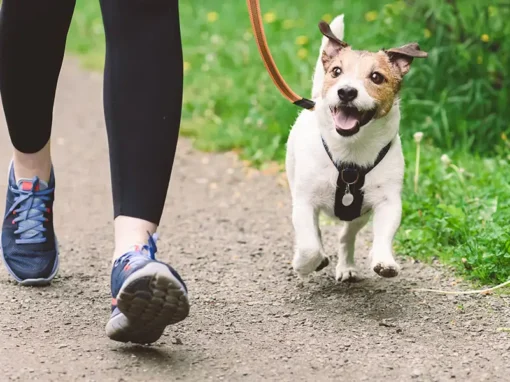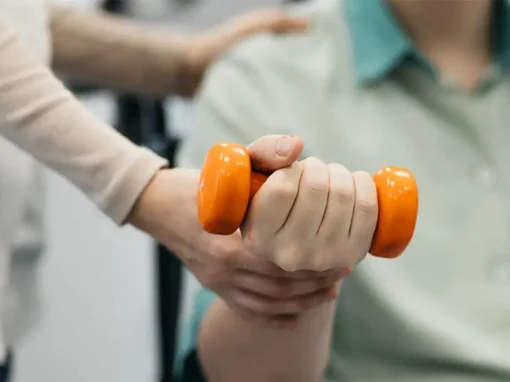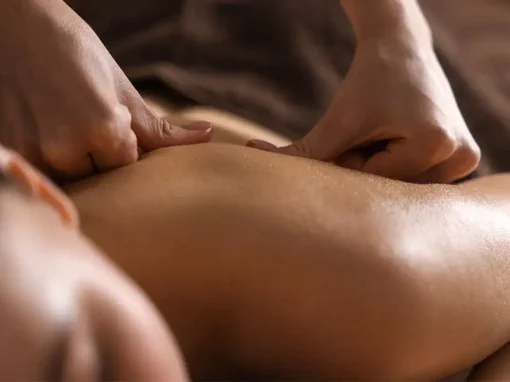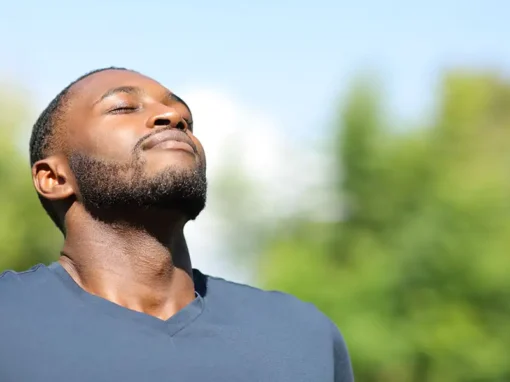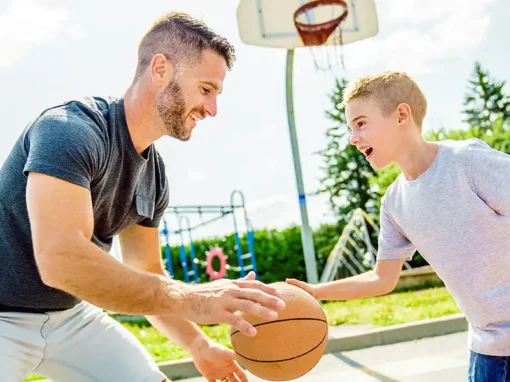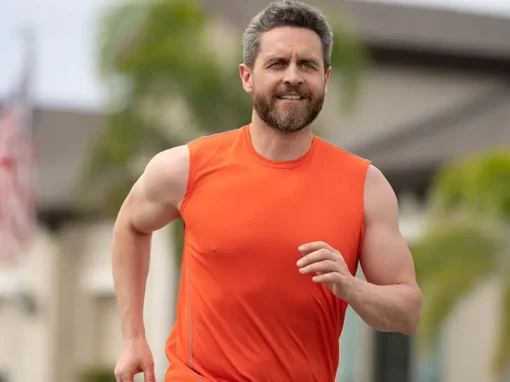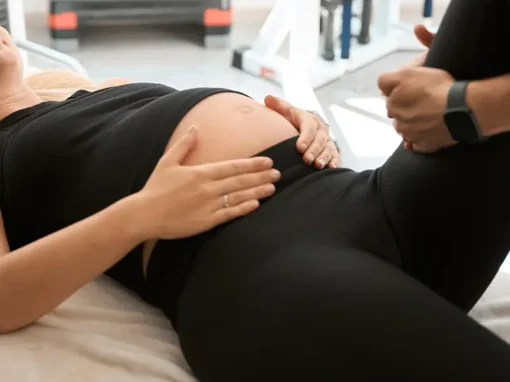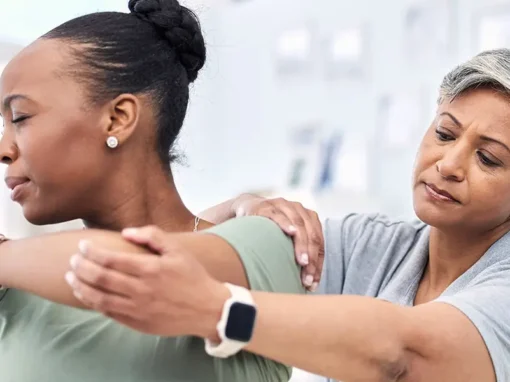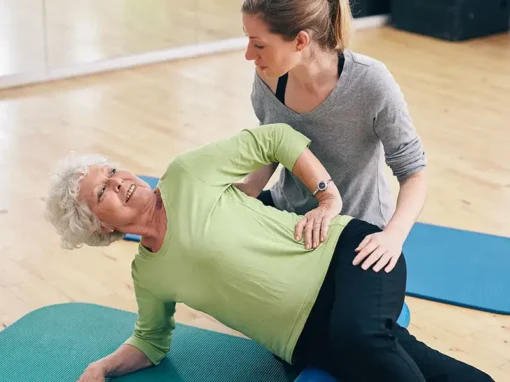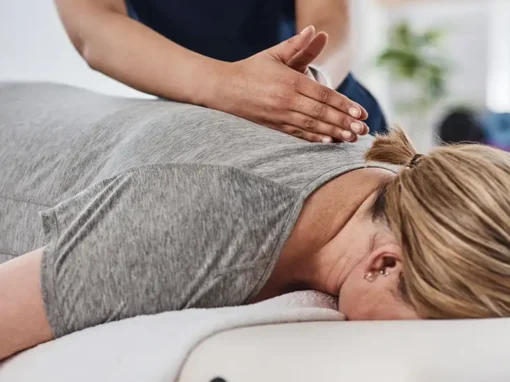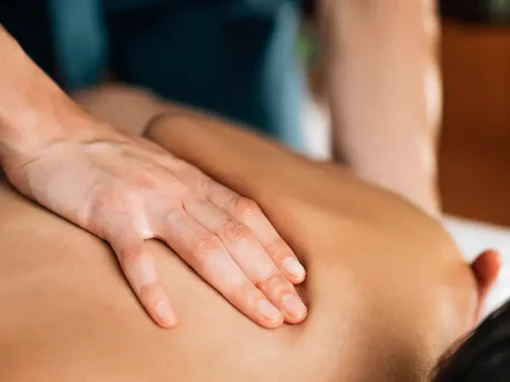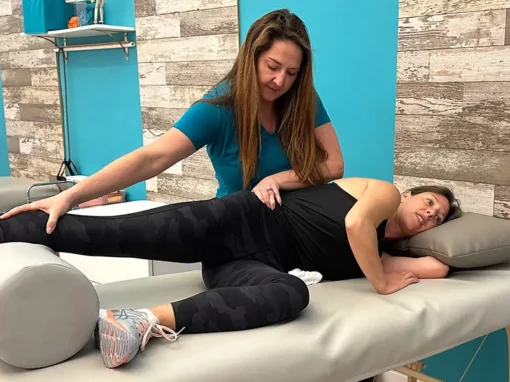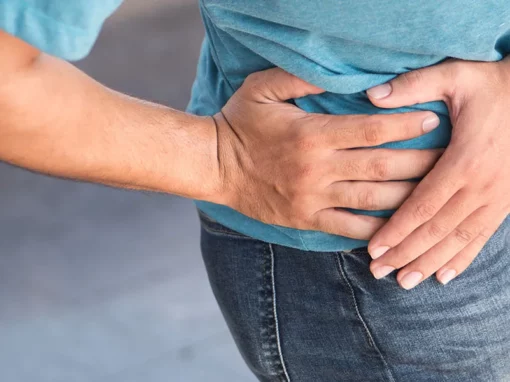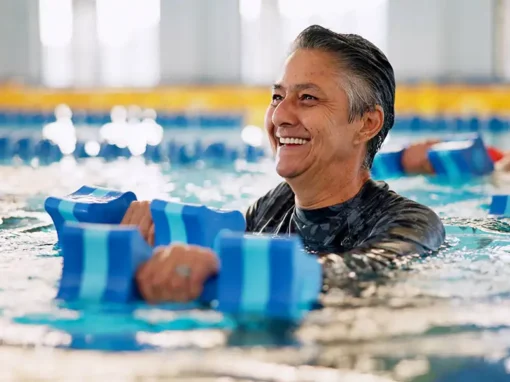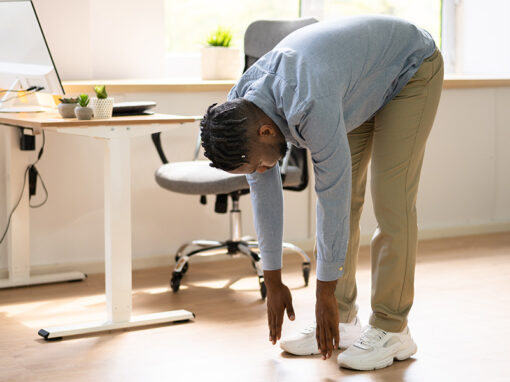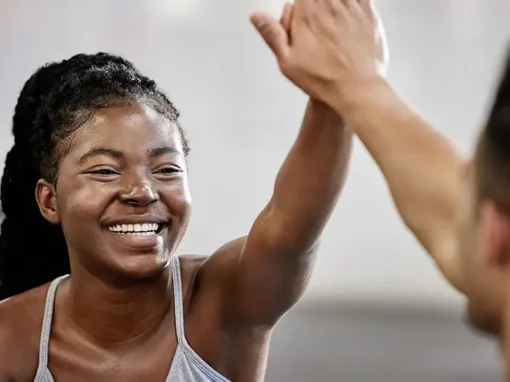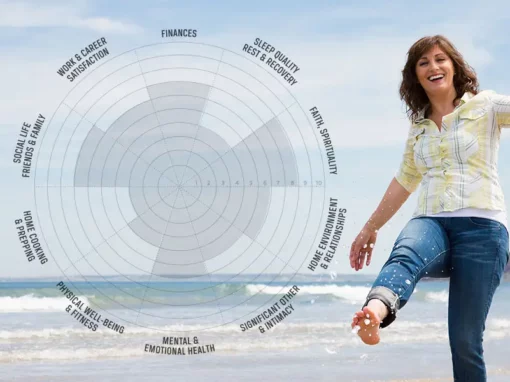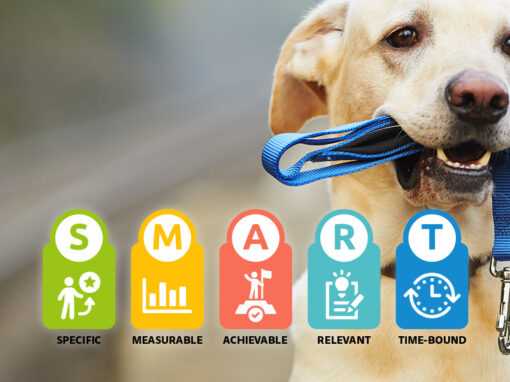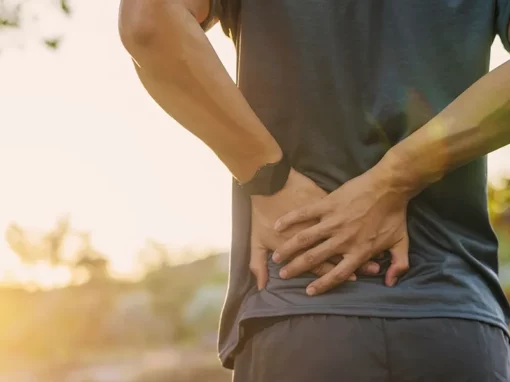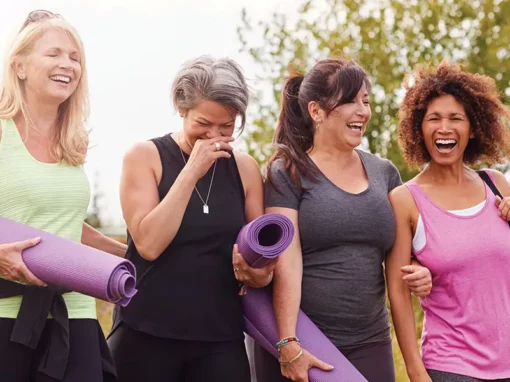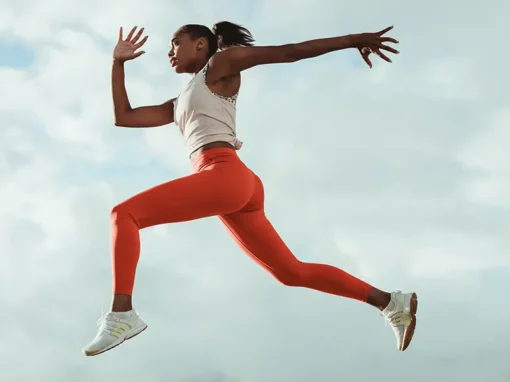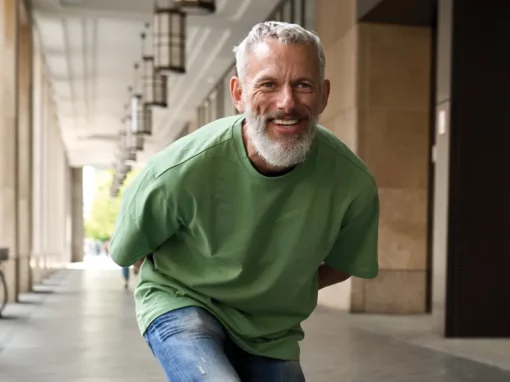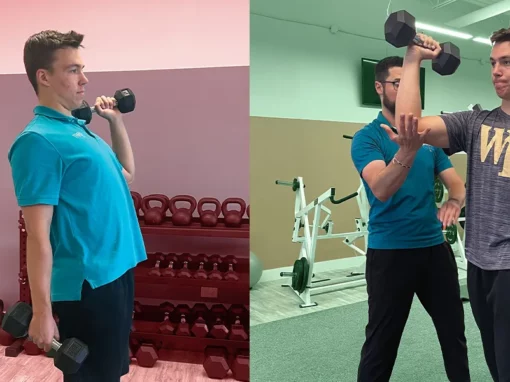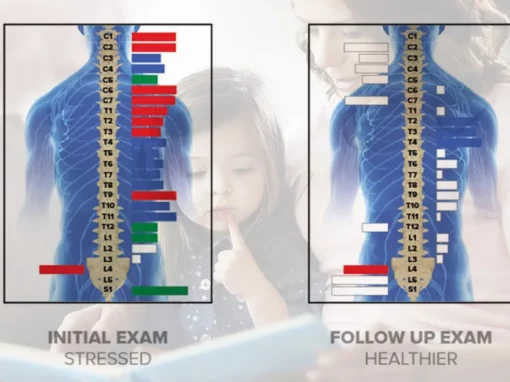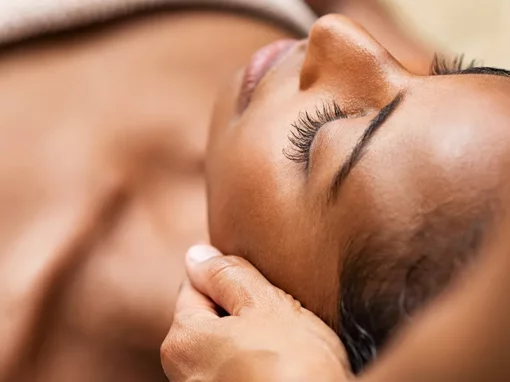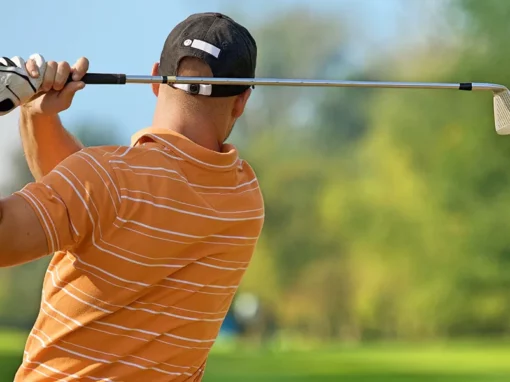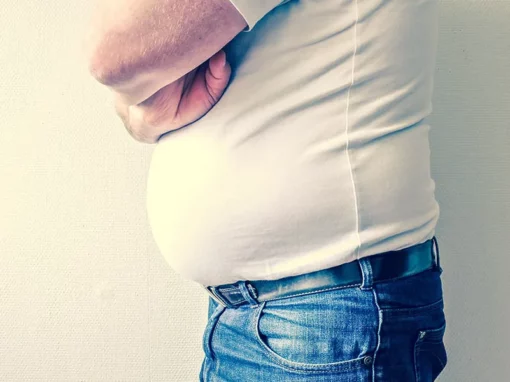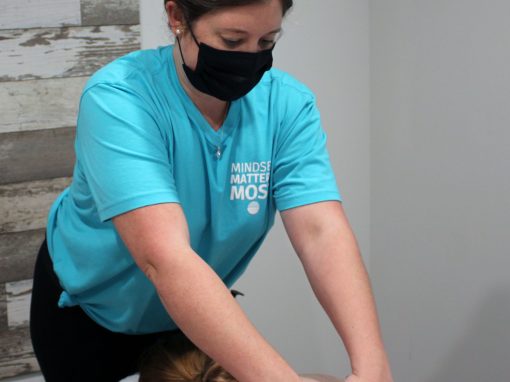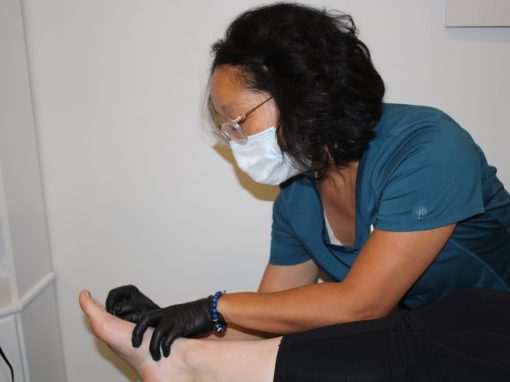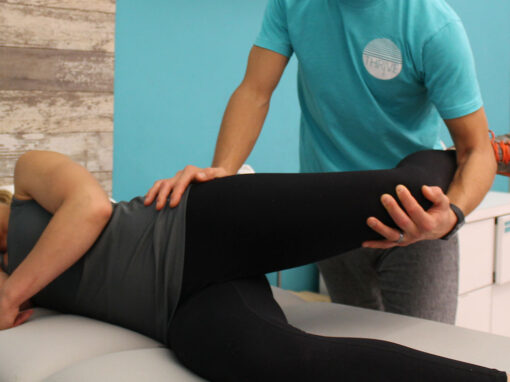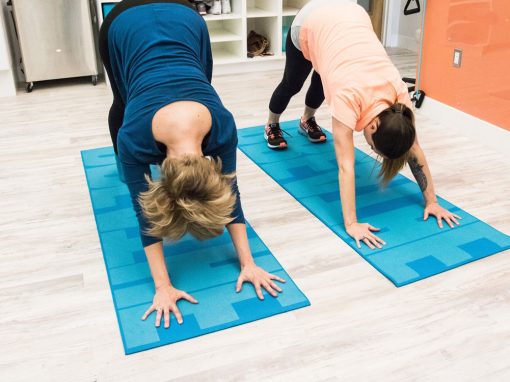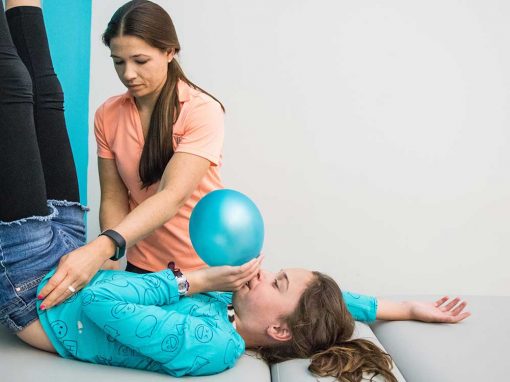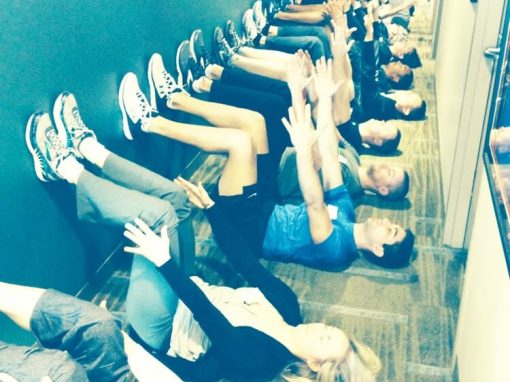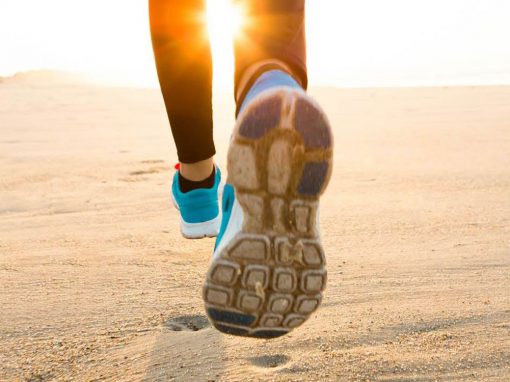Jason Day’s back pain made the news during the 2019 Masters. While his back pain is nothing new, his trainer started incorporating some new and different exercises that required the use of a balloon into his program. What? A balloon? How crazy is that?
Actually, it’s not crazy at all. Those exercises may have been new to Jason Day and the news media, but they are secret-weapon, fundamental exercises to many other athletes… And also to our team at Thrive Proactive Health. No one should ever be embarrassed or feel silly blowing up balloons.
There is a profound science that explains the power of these balloons—it’s a science that can help millions of people if the media can help spread the word so it’s better understood.
Good posture should be effortless.
It’s important to understand that good posture should not involve constant, active muscle engagement. You should not have to force yourself or work hard to hold your body erect. Many people hang on to too much tension in an attempt to achieve “good” posture. If you’re holding yourself with tension (meaning you feel unwanted tension or your muscles are working too hard), then that’s a sign you’ve compromised the postural relationship with compensatory strategies acting on your postural system.
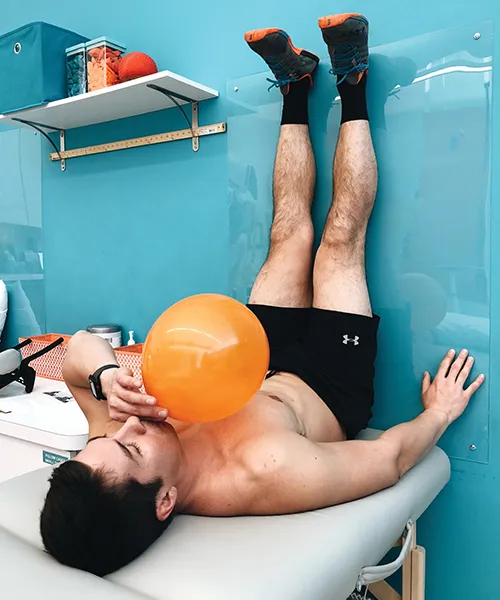
Good posture is built upon a postural frame that can breathe well. If you are looking to improve postural organization, then retraining breathing relationships should precede stretching or strengthening. Proper breathing improves postural balance and how the parts of your body stack up.
By regulating the proper length and tension relationship of your diaphragm, retraining diaphragmatic variance and diaphragmatic support, your postural system can find its alignment. Your upper body and shoulders can find their home above your lower body, hips and pelvis. This realignment occurs as hyperactive chains of muscles learn to let go and relax. By letting go of excessive tension in the wrong places, your body then generates tension in the correct places to hold your body frame upright.
He blows up balloons? Jason Day will try anything to help his bad back, and he doesn’t let it slow his Masters roll
By Teddy Greenstein
Chicago Tribune • April 12, 2019 at 8:20pm
First, proper alignment. Next, proper rotation.
It is from that better place of alignment that your body can then rotate. When your postural relationships are stacked optimally, your shoulders can separate from your hips and rotation occurs without strainful effects on your lower spine. It’s these fundamental principles that Jason Day’s trainer understands and why a balloon is being incorporated into his exercise routine. The balloon is simply a biofeedback device and tool to train components of postural organization. The balloon helps to apply resistance to his breath just like a dumbbell would apply resistance to a bicep curl.
With balloon activities, we observe the mechanics our clients use. We can see how the balloon challenges the resistance of the breath to better understand if the correct muscles are active and syncing for proper core activation. It is through the exhalation that key abdominals learn how to best support the diaphragm and spine.
Our abdominals were designed to support the ribcage and mechanical respiratory system. It is through these key principles that core activation and proper dynamic spinal support originates. The abdominals wrap around our core at varying angles because of how the core was designed to rotate. Many people misuse their abdominals and train them in anti-rotational ways, when in fact our core is designed to rotate. In order to rotate without compensation, your ribs must move. This is the principle many people are lacking. Rotation can be a vulnerable movement for people who do not have a postural frame that breathes well. Rotation is a basic fundamental need for your body frame—by retraining proper breathing mechanics, we can facilitate rotational support and coordination to better support your spine and core.
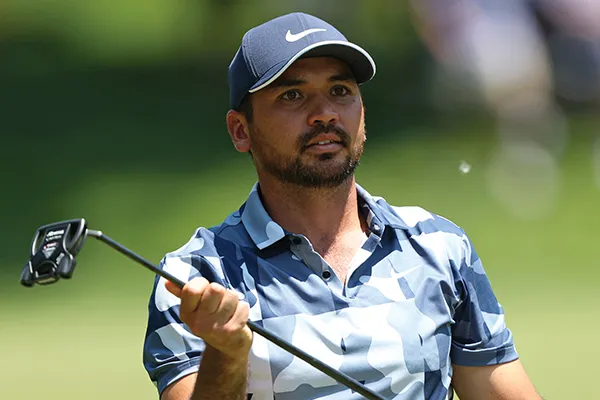
Masters 2019: The routine Jason Day goes through to get his back ready to play is officially insane.
By Ryan Herrington
April 12, 2019
Rotational mobility is important for golf, and for everything else you do.
Golf is a sport where rotational mobility is important, but even more important is how the full-body rotation is controlled and sequenced. Without adequate control or correct postural setup, the way that your body rotates during a round of golf can influence how you move in other areas of your life.
In an article, the media described Jason Day pulling out his back while he was going to lift his daughter, but you better believe that had everything to do with his ribs and pelvis not working well together to rotate, bend, and flex. The motor control required to rotate is dictated by neuro-respiratory influences that need training just as other traditional muscles need training in golf fitness. When the right body parts are in sync with one another, rotation is effortless.
When body parts are unorganized and misplaced, rotation can be straining, stressful and aggravating, leading to pain and injury. We should be training muscles to synchronize and sequence well to best support our posture.
In closing, I hope you get my point: Rotation doesn’t happen in a vacuum. Rotation is regulated through the weight shift and frontal plane. When I say frontal plane, I’m referencing the side-to-side weight shift when your body transfers weight from left to right (or vice versa). The frontal plane movement at our ankles and hips influences the power and momentum that our core can generate to rotate properly throughout a golf swing.
Frontal plane organization and synchronization is the prerequisite to rotation. Prerequisite to frontal plane control is the quality of movement available to our mechanical breathing system.
Jason Day’s routine of breathing into balloons is directly related to that last piece. His trainer was helping him to find his foundational requisite so he could rotate without excessive compensation.
